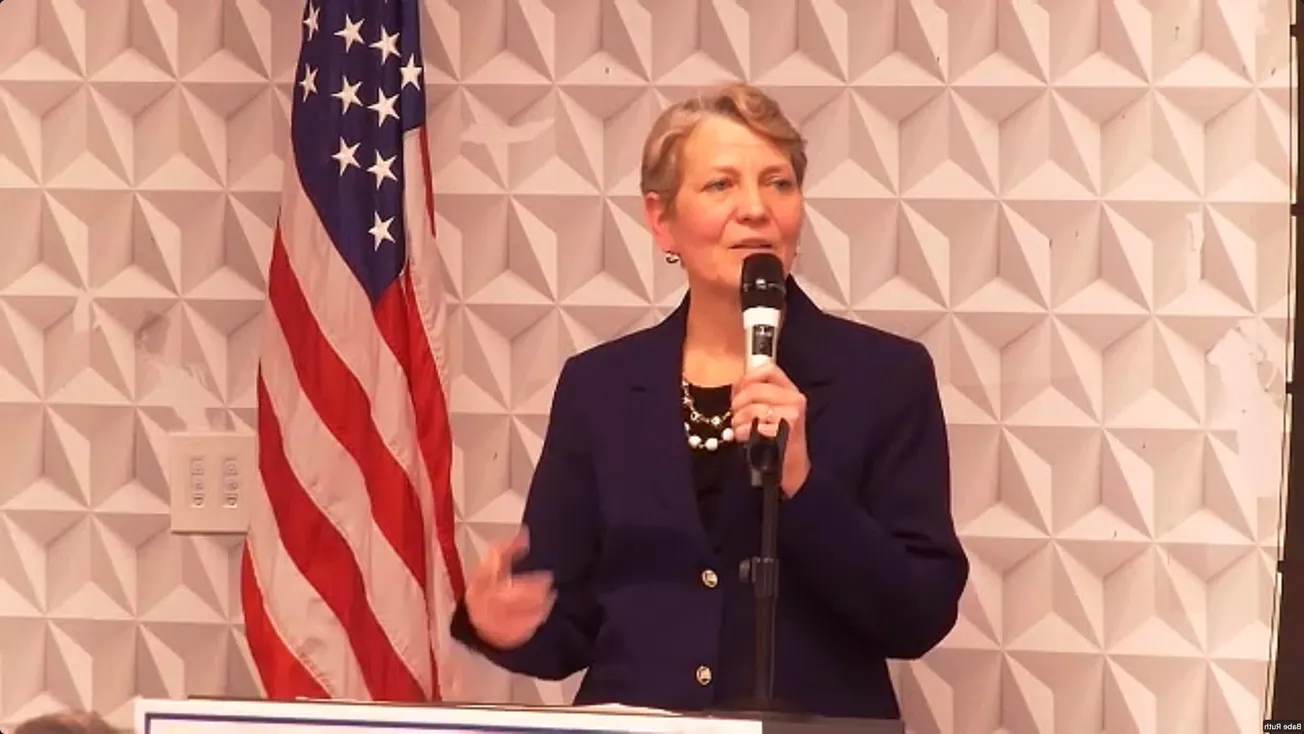In preparation for the Glasgow UN Climate conference - COP26 (October 31-Nov. 12, 2021), the Mission of the Russian Federation to the UN held a virtual side event, titled, “Low Emissions Solutions in Energy and Beyond: Partnering with Businesses for a Sustainable Recovery.” The event was opened by Russia’s Minister of Economic Development, Maxim Reshetnikov, and included speakers from Russia, China, Japan, Australia, and the UK. The Schiller Institute attended the event, which had 60 participants.
Russia was represented by speakers from the IAEA and from Rosatom, as well as by the Minister of Economic Development. Minister Reshetnikov stated that Russia’s goal is to reduce emissions to less than 70% of Russia’s 1990 emission levels by developing all technologies, especially nuclear and hydropower. He appealed: “Don’t discriminate against any technology,” saying that this must be done in a cost-effective way and one that does not impede economic development.
Speaking as the Deputy Director General, and chief of the Nuclear Energy Dept. of the International Atomic Energy Agency (IAEA), Dr. Mikhail Chudakov made a series of sharp points addressing the importance of nuclear energy from the vantage point of urgent global energy deficits: 1) globally, 700 million people are still without access to electricity, and demand is growing, 2) nuclear is the most dense form of all energy sources — we need a level playing field for all low-carbon electricity sources, including access to financing, and 3) “Don’t forget about fusion:” Many companies are now investing over $2 billion in fusion research, which will yield a clean and unlimited new source of energy. Dr. Chudakov said that the promotion of nuclear power as a key part of the solution to the emissions question will be the message taken by the IAEA to COP26. Kirill Komarov of Russia’s Rosatom, documented in many dimensions the power of nuclear energy as a friend of the environment. For instance, in measuring Life Cycle Emissions (measured in gCO2eq/ kWh) we see the following: Solar - 48, Hydro -24, Nuclear - 12, Wind - 11



